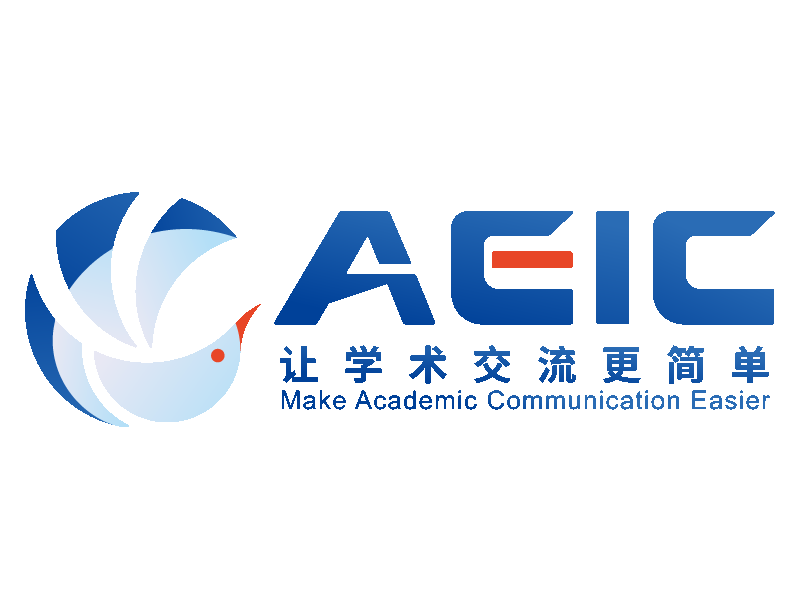
A. Prof. Lan-Szu Chou, National Chiayi University, Chinese Taipei, Taiwan, China (click) (click)
Title: Applications of High Resolution Melting Technology in Agriculture
Abstract: Agriculture sciences have been received more attention these years around countries, due to climate changes that impacts environment thus affecting agricultural production. Therefore, advanced technologies are needed to be implemented in agriculture industries to boost production. High resolution melting (HRM) analysis of nucleic acids is one of the molecular techniques that have been widely used in research area or medical sciences for the purposes of mutation discovery, gene expression studies, and diagnosis. It also has a great potential to be applied in agricultural sciences, due to its simplicity, high accuracy, and rapid fashion. For an example, in dairy industries, starters are very important due to its contribution to the quality of the final fermented products, thus a rapid identification system is required for quality control. Another example, foodborne pathogenic microorganisms that presented in either contaminated raw agriculture materials or processed food products are particularly important now, due to their potential to cause food outbreaks and create public health issues. The pathogenic microorganisms include but not limited to Salmonella, Campylobacter, shiga toxin-producing E. coli, and Listeria monocytogenes. It is now increasingly recognized that the need of development of a reliable method to identify pathogenic microorganisms in a rapid and accurate fashion. HRM is a good candidate to provide solutions to both examples. In this presentation, the principle of HRM is explained, and the extended applications, as well as practical examples, are described.






